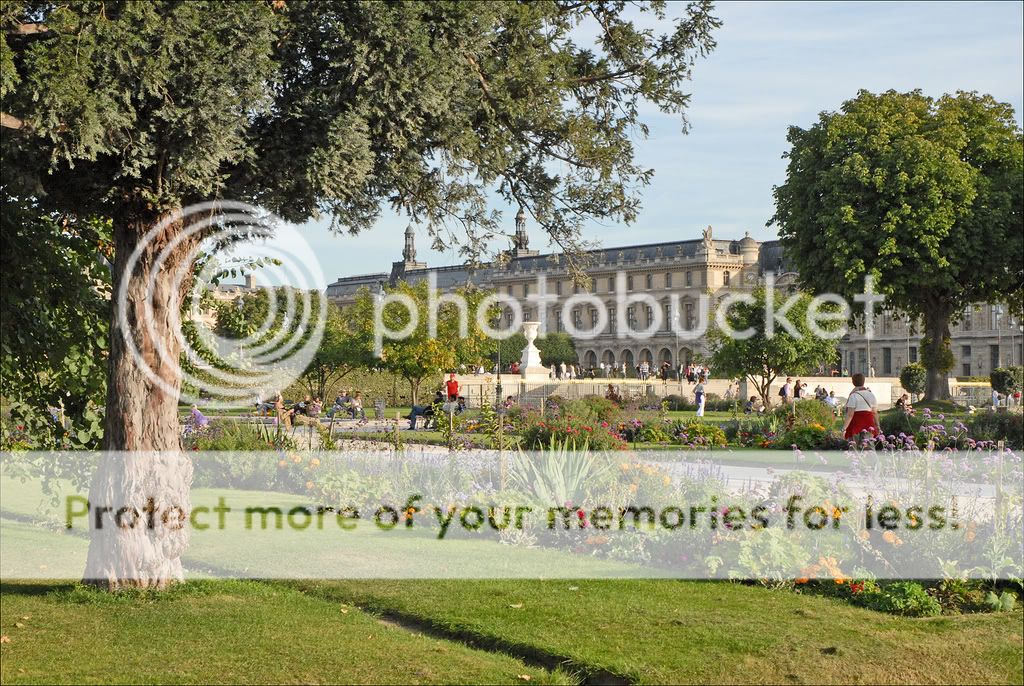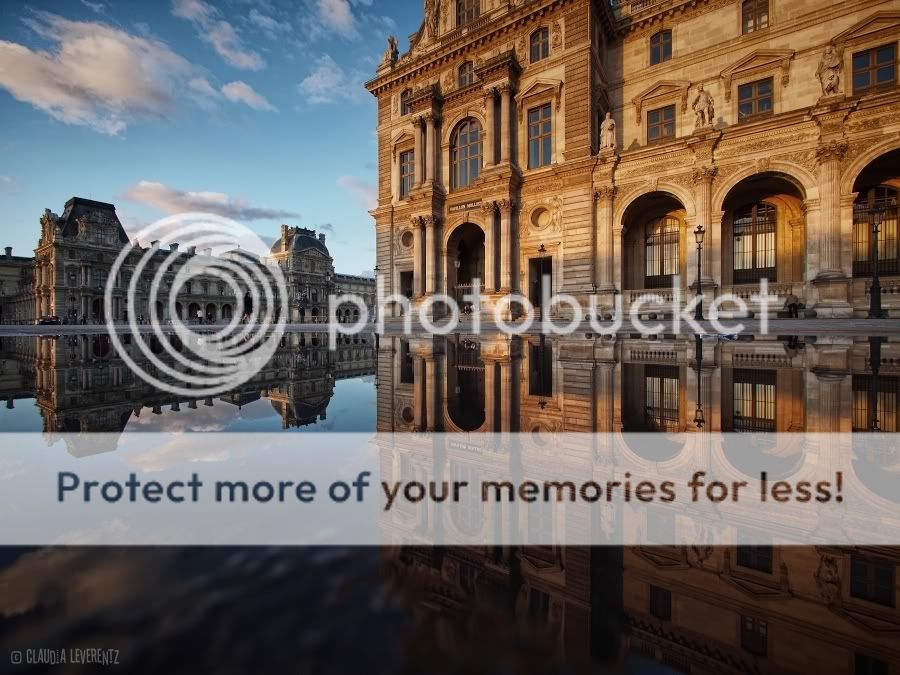It’s one of the most visited cities in the world, but so full of must-see sights that many travellers simply miss some of its lesser-known gems. When I went to live and study there, I wanted to see everything, from the giant tourist spots to the smaller secrets. To begin, the Eiffel Tower. It’s the most famous landmark of the city, and yet still worth a visit. Having climbed it by foot, I would recommend the lift for all but the most determined. It really is a long way up. Taking a picnic of bread, cheese and a bottle of Bordeaux to the Champ de Mars behind the Eiffel Tower is a very enjoyable way to bask in its shadow, and better still after dark, as the entire structure is illuminated.If you search in google you will easily find reasonable Eiffel Tower tickets. An often little-known secret is that after the dusk illumination, when the clock strikes every hour, bulbs up and down the tower begin to flash and twinkle with an almost magical effect, but the display only lasts for one minute each time, and is often missed.



Next, the Arc de Triomphe, which some consider offers better views of Paris as they include the Eiffel Tower, the arc is best photographed from across the road, due to its height. For a perfect Parisian snack, Aux Délices de Manon is a traditional patisserie hiding not far around the corner, and virtually unknown to tourists. Follow the Champs Elysées down the hill, past the boutiques and shops and you reach Place de la Concorde, one of the biggest places in Paris. It features fountains and the Luxor Obélisk, and serves as a crossroads for many of the different parts of the city.



Next to it are the Jardins des Tuileries, some of the biggest gardens in Paris, featuring ornate fountains, giant leafy trees and artful displays of flowers. Inside these are two museums, the Orangerie, which features 20th century art, mostly impressionism and famously the Water Lilies painting by Monet, along with some sculpture pieces. The Jeu de Paume exhibits modern and contemporary art. However, for fans of modern art, the Georges Pompidou centre has mind-boggling exhibitions over six floors in its eccentric inside-out factory-style building, and should not be missed.



Behind the gardens lies the Louvre, the most visited art museum in the world. Its entrance lies inside the modern glass pyramid in the centre of its courtyard, and underneath the gallery is a smaller, upside down pyramid in the centre of a vast shopping centre, and another entrance. Entry to the gallery is free the first Sunday of every month, though this is widely known and it is often very busy. However, if you would prefer to visit in the dark, late opening is Friday, when the museum is open until 9.45pm, and if you’re lucky enough to be under 26 years of age, entry is free. Further along the Seine lies the Pont des arts, the most romantic bridge in Paris. Its modern, metal wire structure is covered in padlocked with the names or initials of young lovers carved into them, as the couples padlock their love into the bridge structure and toss the keys into the Seine.



Further along still lies the St Paul cathedral, a well-preserved tourist attraction in the middle of the fashionable Marais district. This is vintage quarter of Paris, full of affordable vintage boutiques and quirky bars. The best way to see it is to simply walk around the small streets to see what off-the-beaten-track gems you stumble across.

Notre Dame is another sight that will not disappoint. The clock tower’s biggest bell was melted down in the Revolution, and the replacement has always been considered to be of inferior quality, but a new replica of the original is due to ring across Paris this year, bringing back the original sound. The building’s intricate gothic carvings sit atop an island in the Seine between the Hotel de Ville, which hosts an open-air ice rink in December, and the fringes of the Saint Michel restaurant quarter. This is one of the most vibrant parts of Paris, edged by Notre Dame, the Seine, and the intellectual, bookshop-filled student and Latin quarters; its narrow, cobbled back-streets are home to some of the most varied and affordable restaurants and cafes in the city, with a wide range of cultures and cuisines.

Just north of this is the Pantheon, an impressive Greek-style palace which was originally a place of worship but became a burial ground. Down the road is the Jardins de Luxumbourg, sumptuous gardens hemmed in by the regal Senate palaces. On to Montparnasse, Sacré Cœur, which sits majestically atop a hill overlooking the red light district, home to the famous Moulin Rouge. Most visitors take the expensive cable car to the top, to avoid the endless stairs, but if you cut into the bottom of the grounds you cut out many of the stairs and can enjoy the gentler walk up the slopes without spending a cent.

You can also visit the Café des 2 Moulins, which was made famous by the film Amelie, but its prices have been raised especially for the tourists and is not a patch on some of the better cafés in the city. Many of these lie in the prestigious Saint Germain quarter, which hosts exclusive boutiques and chic Parisiennes.

The Comptoir de Saint Germain offers fine French food, while across the road lies Café Procope, the oldest restaurant in Paris. It was built in 1686, and still offers brilliant food today. On top of that, Saint Germain is home to Café de Flore and Les Deux Magots, two rival cafes famous for their literary and intellectual clientele, such as Ernest Hemingway and Sartre, where the atmosphere for both popular hangouts has remained unchanged by time. However, if you prefer to cook your own food, the best place is the Place Monge market, every Tuesday and Thursday morning, for local produce from everyday items to rarer and more extravagant ingredients.

For something a little less romantic, the Catacombs are unmissable. Travel the old tombs lying under the city to see the burial sites and piles of bones and skulled piled up in an eerily ordered fashion. Be careful though, as the tour is one way and you don’t come out where you went in!

If you would like to venture out of Paris a little, the Palace de Versailles is worth a visit. The old royal court is kept as it was, including the king and queen’s bedchambers, and the legendary hall of mirrors is the highlight of the trip. Away from the main palace, you can see the Trianon palaces and Marie-Antoinette’s estate, and tour the spectacular gardens, mixing giant fountains with smaller, hidden structures within a maze. Not to be missed is the magical musical fountain show, between the end of March and October.

By Emily W
Photo 1:Yannick Lefevre , Photo 2: Antoine Wild, Photo 3:Viktor Korostynski , Photo 4:AriasGonzalo, Photo 5: Hannes Welker, Photo 6: Kajo photography, Photo 7: Rooster_kool, Photo 8:dalbera, Photo 9:edwin.11, Photo 10: Adrian Pava, Photo 11: Claudia Leverentz, Photo 12: Frank Baillet, Photo 13:crashcalloway, Photo 14:Viktor Korostynski, Photo 15:Michel Desjardins, Photo 16:theboyintechnicolor, Photo 17:chicstye, Photo 18:christopherlevy, Photo 19: Branislav Dudas














